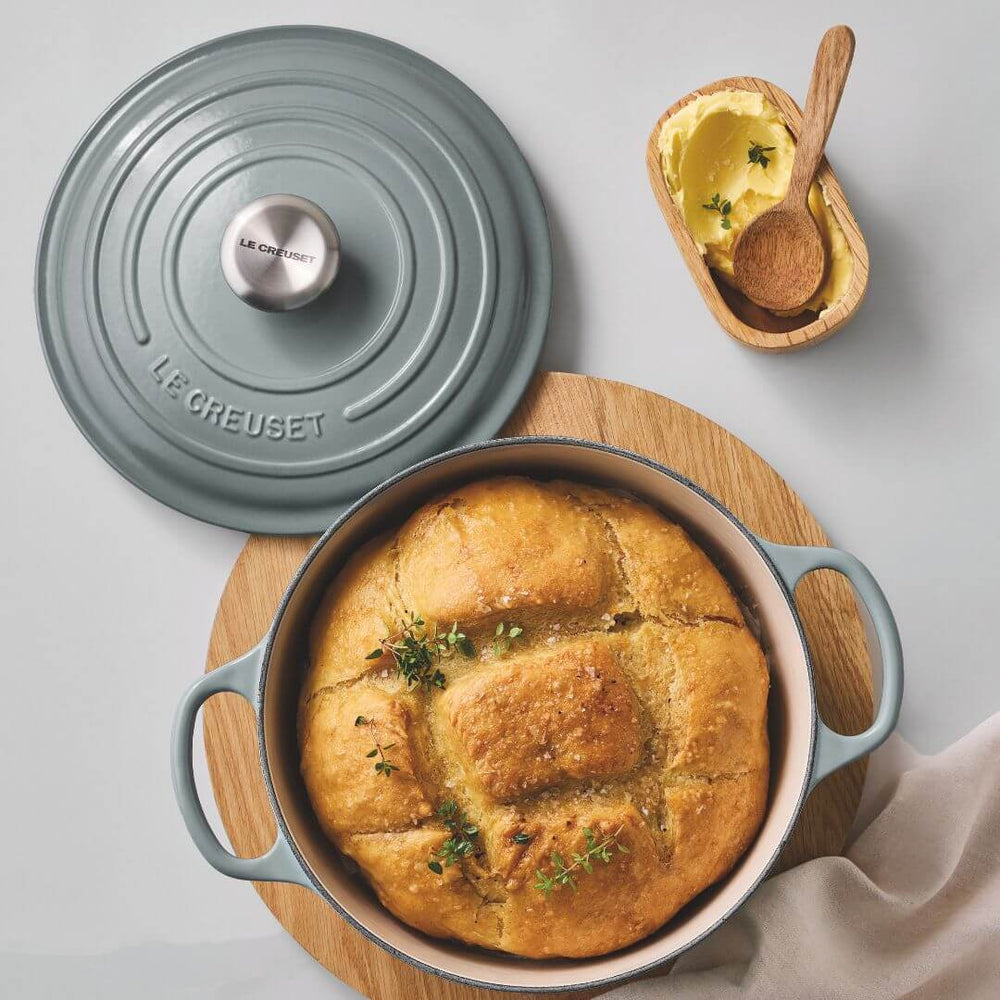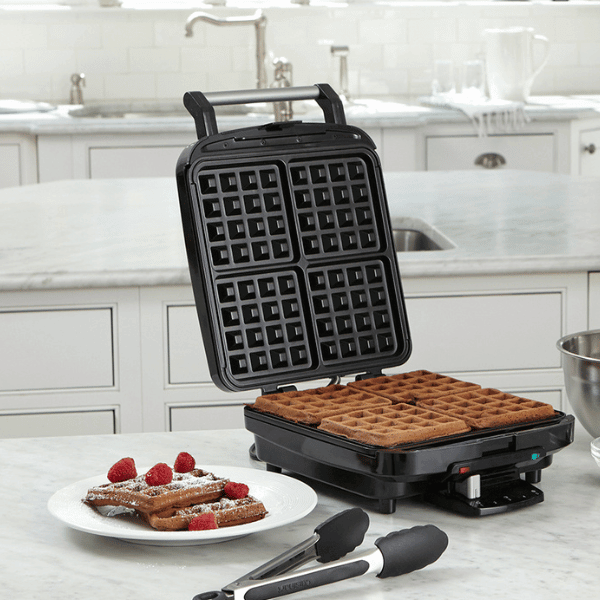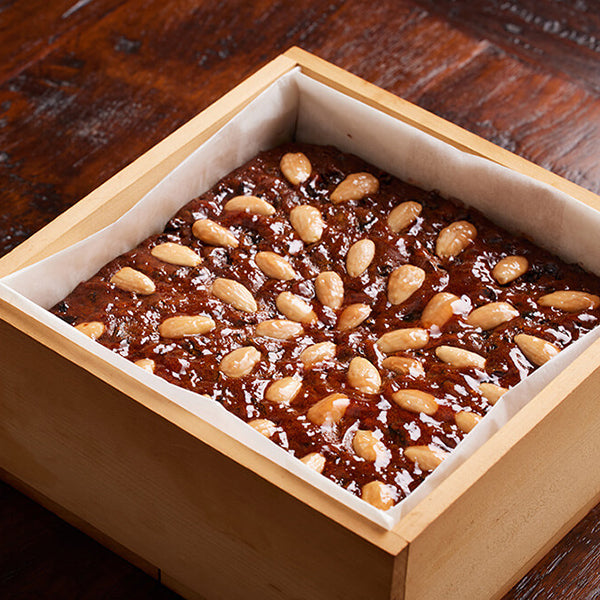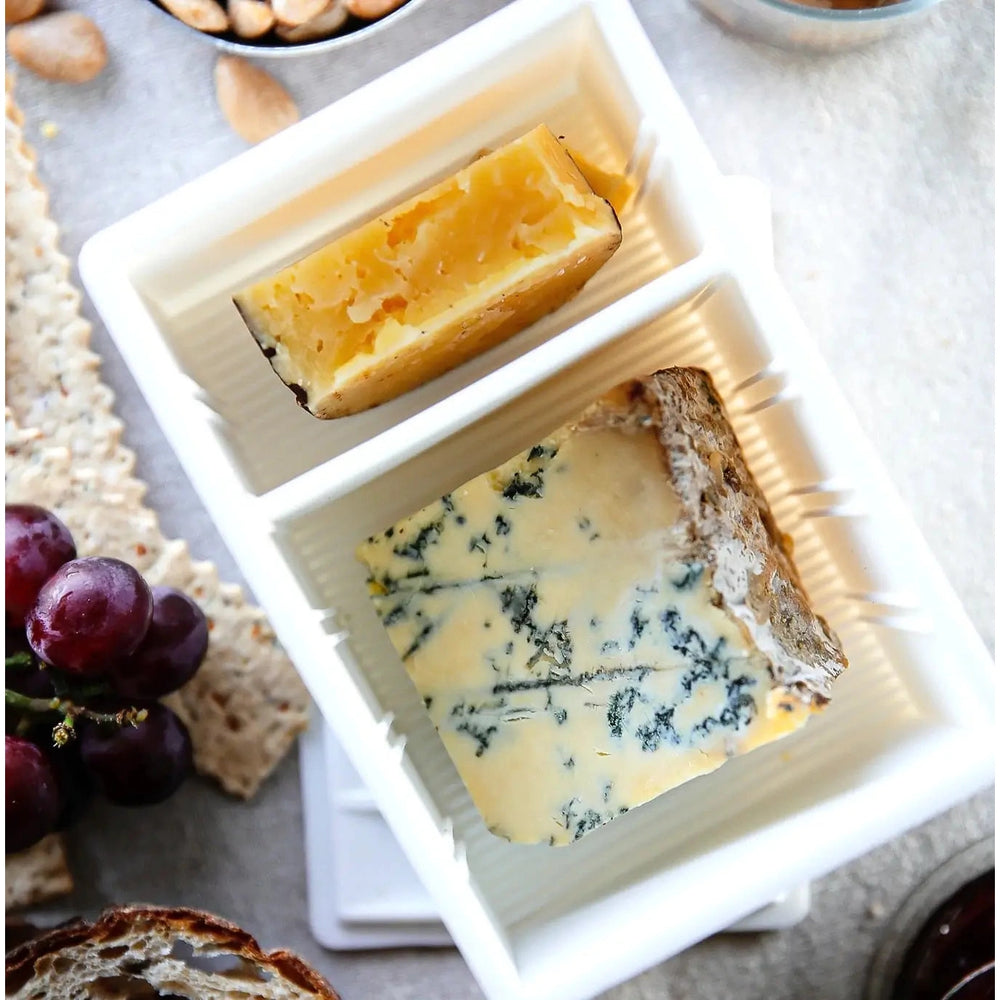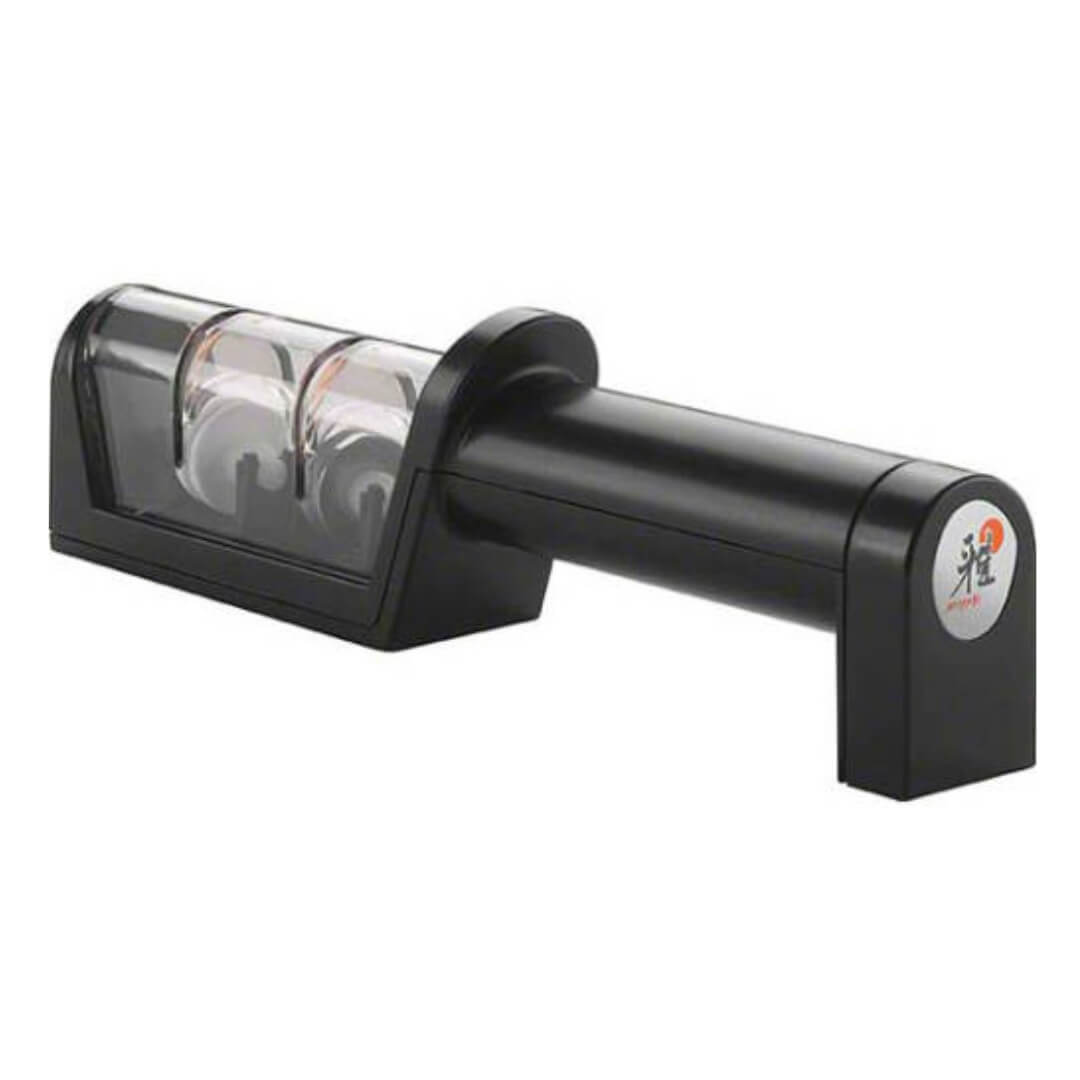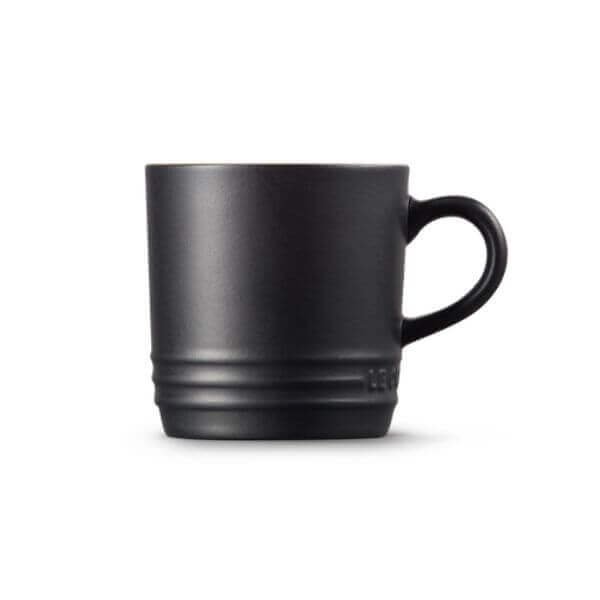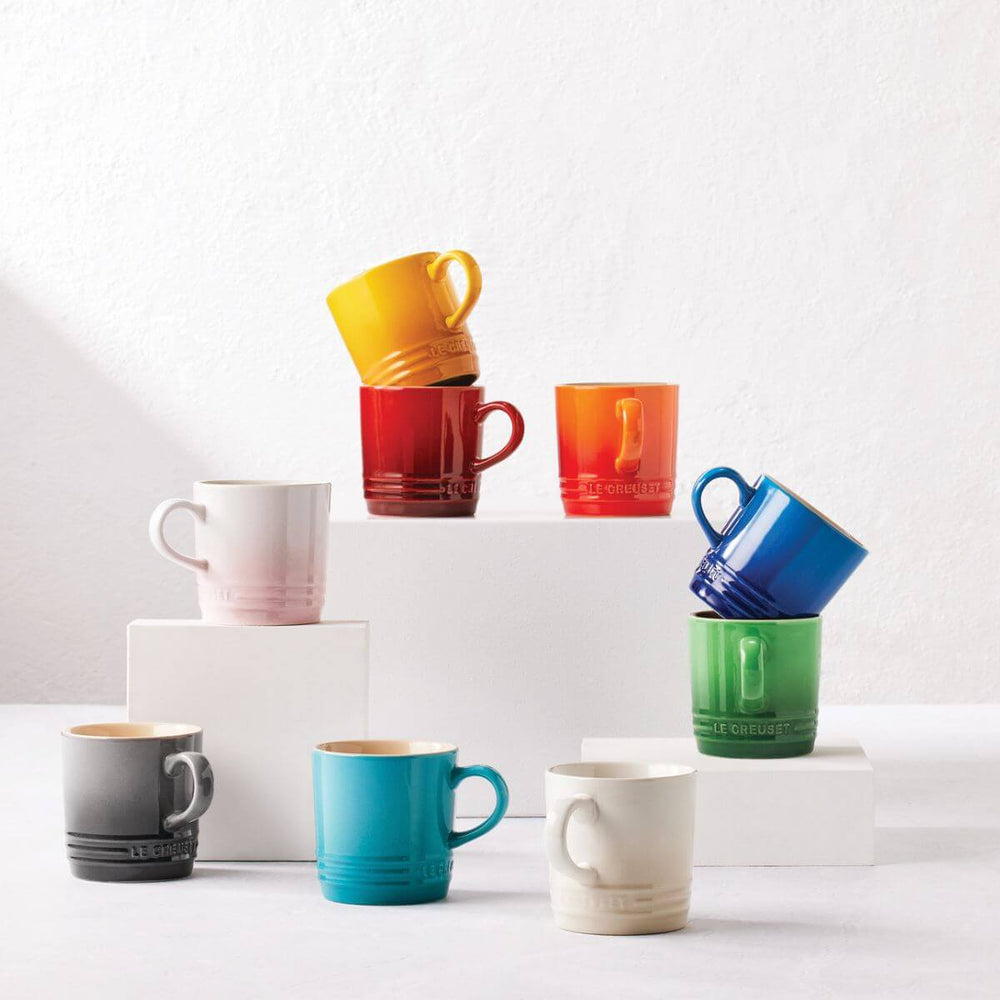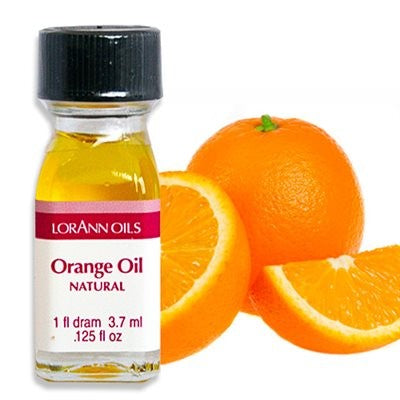Milly's 101: Roasting
As cooking techniques go, there’s nothing flashy about roasting. You don’t need a degree in ‘saucery’ or a pantry full of ingredients. Mostly, there’s not even a hard day’s work for the cook as prep can be the work of minutes (maybe some peeling, some oiling and seasoning, a little chopping) and then you’re free to sit back and let your oven do the heavy lifting. The result? Crispy edged veg, golden chicken, succulent red meats and fruit that tastes ‘fruity but better.’ And a kitchen that smells like everyone’s about to be very well fed.
At Milly’s, we reckon ‘roasting’ is where good cooks and good kit come together to shine. Whether you’re rustling up some Tuesday night carrots or hosting the family Sunday roast, this is cooking that everyone can do regardless of their skill level.
In this guide, we’re diving deeper into everything we love about roasting: from the right kit and some of our favourite flavour tricks plus where you can go wrong (and how to avoid it). So, switch your oven on, pull out a tray (or a sheetpan) and let’s go.

Ok, So What Even Is ‘Roasting’?
Put simply, roasting is dry-heat cooking which uses hot air (rather than, say, liquid) to cook food evenly on all sides. It works best at medium to high temperatures (around 180°C to 230°C), where the heat surrounds the food, evaporates moisture and gets everything brown, crisp and caramelised. There are exceptions to every rule though – Neil Perry (one of our foodie heroes) cooks his rib of beef at 95C.
Here’s what roasting is not: things cooked in liquid (that’s braising), there’s no lid involved (that’s pot roasting), and definitely no steam.
It’s the technique behind: a tray of potato wedges with crispy edges and fluffy centres, a whole chicken with succulently crisp skin and juicy meat, cauliflower that turns sweet and nutty at the edges, and pears roasted with a drizzle of honey or maple syrup until they collapse into the most delicious pear-ish dessert!
In short? Roasting is a simple, versatile and very forgiving technique – it’s the kind of cooking that makes your kitchen smell amazing and you feel super accomplished!

Milly’s Golden Rules of Roasting
Roasting isn’t complicated, but it does have a few rules:
- A hot (and preheated) oven is a must - as only heat will crisp and caramelise.
- Space - overcrowded trays lead to steaming, not browning.
- Movement – flip and rotate ingredients halfway through cooking so everything gets a fair share of the direct heat.
- Resting time – especially meats. And don’t be tempted to skip this step as resting helps meat fibres relax and reabsorb juices. A good rule of thumb is to let meat rest for 1/4 of the time you’ve cooked it for ie if you’ve roasted for an hour, rest for 15 mins.
- And if you want perfect results every time? Save the guesswork and use a thermometer.

Flavour Makers
A really great roast needs heat … and fat. Just a wee slick of oil, and some salt and pepper, will help everything brown and crisp. Salt early, and generously as salt draws out moisture and kickstarts browning.
Dried herbs (rosemary, sage, thyme etc) and spices (cumin, coriander, cardamom are some of our faves) can handle the heat so add them before roasting. Fresh herbs, citrus zest, or a splash of vinegar? Save those for the end when some brightness is needed.
And that sticky stuff in the bottom of your pan at the end of cooking? It’s called ‘fond’ and it’s absolutely loaded with flavour! Deglaze it with stock or wine and you have the most simple and delicious sauce.
The Right Tools for the Job
Some simple kit will make all the difference:
- A good metal sheet pan or roaster gives you that golden, crispy finish, whereas ceramic bakers roast more gently (perfect for fruit or softer veg like onions and garlic). Look for a roster that’s not too deep (less than 10cm is best) as high sides can limit moisture loss and inhibit browning.
- A wire rack (rack) that lifts meat so the heat can circulate (although a bed of sliced vegetables like onions and carrot does the same thing (and makes for a full flavoured gravy too!)
- A meat thermometer? Essential in our opinion, especially if you’re a newbie. Meat is expensive these days and guessing is stressful. Plus cutting into your meat to check for doneness will release the precious juices that you’re trying to lock in.
- Add some decent tongs and a good, sharp knife (for prep and carving) and you’re pretty much there.
- Extra for experts: a roux whisk for lump free gravy and sauces; a RoastEasy to help retain moisture and cook meats evenly; a gravy separator to easily collect pan juices and discard fat; and a carving board.
Roasting Trouble Shooters
- Soggy vegetables? That’s usually because the tray’s overcrowded or the veg went in wet. Give them space to breathe and a quick pat dry before oiling and seasoning.
- Dry meat? Mostly a sign of overcooking, oven to hot or using the wrong cut for roasting. Try brushing with oil and basting with pan juices partway through, and don’t forget to let it rest before slicing. Those precious juices need time to settle and redistribute.
- Burnt edges but raw centres? Too much heat so dial your oven down or even just turn off your fan (if your oven does that). Also, make sure all your pieces of veg etc are around the same size so they cook in the same amount of time.
- Sometimes, sorry, but your oven is just a liar! Most domestic ovens can be out by a good 10-20 degrees Celsius (a real problem if you’re a baker too) so if you think this is you, maybe invest in an oven thermometer.
So here’s a gentle nudge: how about you roast something this week? A tray of carrots. A whole chicken. A wedge of pumpkin. A pear with a drizzle of honey or a scattering of brown sugar. It will all be delicious!
And if you need the tools to make it all even better - from roasting trays to meat thermometers - you know where to find us.




